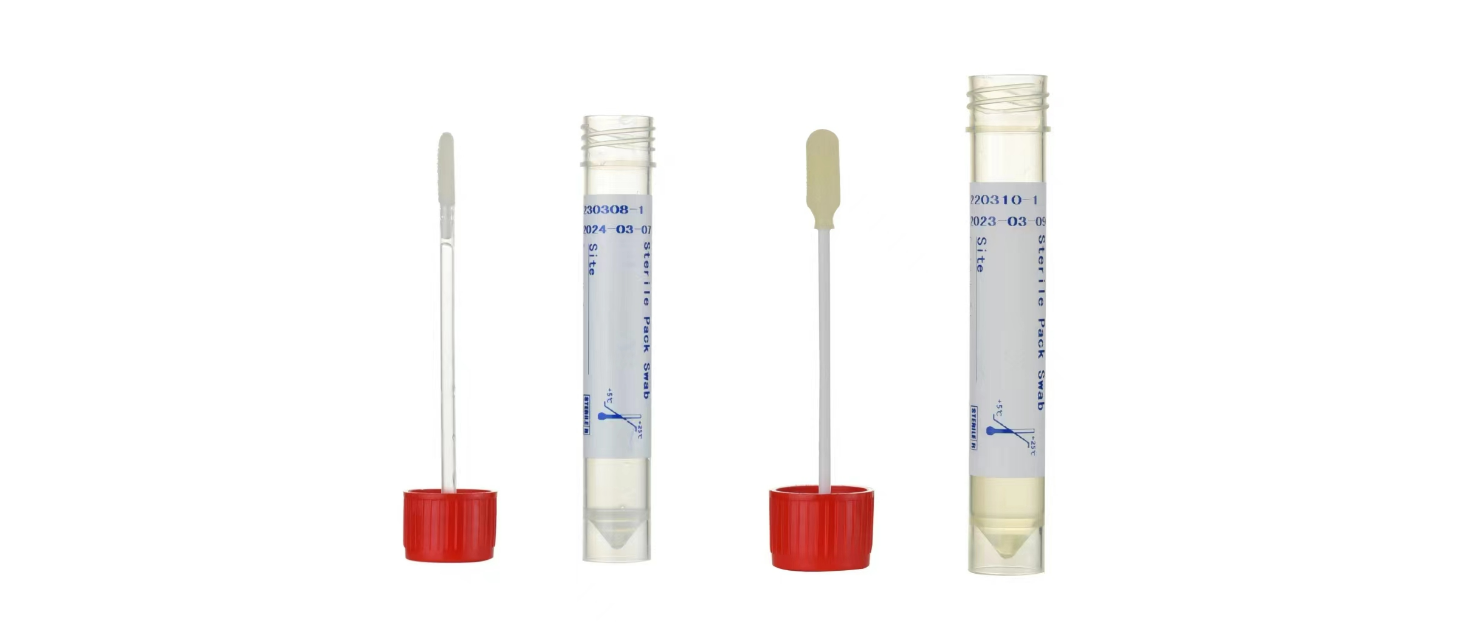关于清洁验证/环境监测棉签擦拭取样回收率

ISPE发布了新的清洁验证指南——《ISPE基准指南:清洁验证生命周期–应用,方法和控制 ;(ISPE Baseline Guide: Cleaning Validation Lifecycle: Applications, Methods, and Controls) ;》
8.2 TestMethod Assessment for Bioburden and Endotoxin
生物负荷和内毒素的检测方法评估
8.2.1 Swab Recovery Method Assessment
擦拭回收率方法评估
The recovery study results should beassessed by the QC laboratory when reviewing cleaning validation and routinemicrobiological data. If the recovery results are low, then an RCF should be applied to the final test results to ;compensate for sampling method limitations and to determine if the acceptance criteria weremet.
在审查清洁验证和常规微生物数据时,应由QC实验室对回收试验结果进行评估。如果回收率低,则应在最终试验结果中使用回收校正因子RCF,以补偿取样方法的局限性,并确定是否满足接受标准。
Appendix 4 describes a standard swabtest method assessment based on “A Novel Improved Bioburden Recovery MethodUsing Swabbing Technique” [108]. For standard bioburden recovery, afterswabbing is complete typically the swab is either streaked onto an agar mediumor transferred into a liquid medium, vortexed for about 30 s and then the liquid sample preparation is tested by pour-plate or membrane filtration method[37].
附录4描述了基于“使用拭子技术的新型改进生物负荷回收方法”的标准擦拭方法评估[108]。对于标准的生物负荷回收,擦拭完成后,通常将拭子划到琼脂培养基上或转移到液体培养基中,涡旋约30秒,然后通过倾倒平板或薄膜过滤法测试制备好的液体样品[37]。
Appendices 4 and 5 describe themethods for collecting and extracting microorganisms from swab material. Usinga commercial swab kit is recommended for this study. There are many differentcommercially available swabs that can be used, especially for surface sampling.Most swab wetting solutions contain an emulsification and neutralizing bufferto neutralize cleaning agents that may inhibit microbial growth. Theemulsification solution extracts the ;microorganismsfrom the swab material and disperses them into the solution. This allows therecovery of any ;microorganismsexposed to specific cleaning agents
附录4和5描述了从棉签材料中收集和提取微生物的方法。该研究建议使用商用棉签。有许多不同的商用棉签可以使用,特别是表面取样。大多数擦拭用润湿溶液有乳化和中和缓冲液,以中和可能抑制微生物生长的清洁剂。有乳化作用的溶液从棉签材料中提取微生物并分散到溶液中。这样就可以回收暴露到特定清洁剂中的任何微生物。
It should be noted that typicalrecovery specifications applied to chemical cleaning validation are not appliedto microbiological recovery. For bioburden limits, a 50% recovery isoutstanding; usually recoveries obtained are around 5%–20%, with some companiesstating only “growth” as the recovery requirement. The bioburden recoveryresults for some materials (porous) can even be less. However, the methoddescribed in this Guide should assist in getting recovery rates greater than50%.
应注意,通常用于化学清洁验证的回收率标准不适用于微生物回收。对于生物负荷限度,50%的回收率已经是很好的了;通常回收率在5%-20%左右,有些公司只将“生长”作为回收要求。对于某些材料(多孔材料)的生物负荷回收结果甚至可能更少。然而,本指南中描述的方法应有助于使回收率大于50%。
Consider that there is one factoraffecting these recoveries that is normally not an issue in chemical cleaning ;validation: the survival of the microorganisms.
考虑到有一个因素会影响这些回收率,这在化学清洁验证中通常不是一个问题:即微生物的存活率。
定量测试,平皿涂布或薄膜过滤法可选
润湿溶液含乳化和中和缓冲液,以中和可能抑制微生物生长的清洁剂
提供回收率验证报告

是否对此产品感兴趣